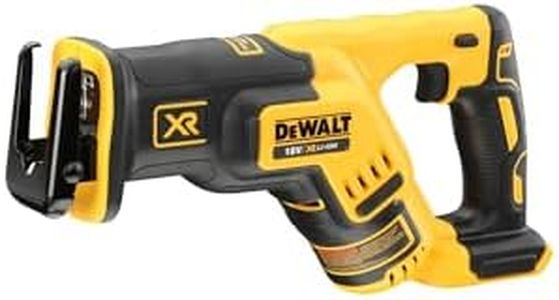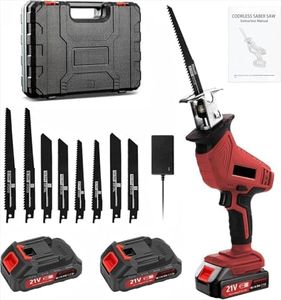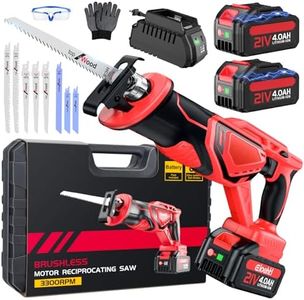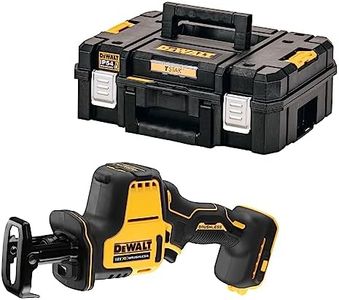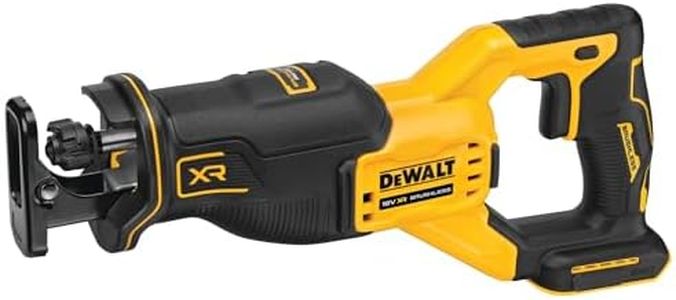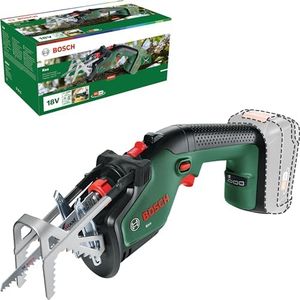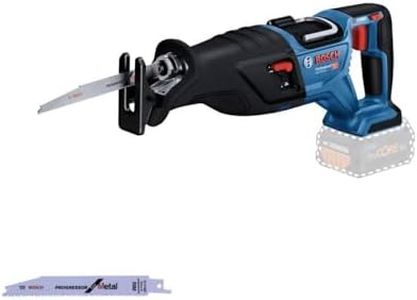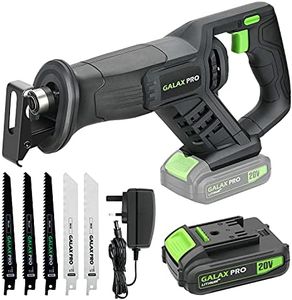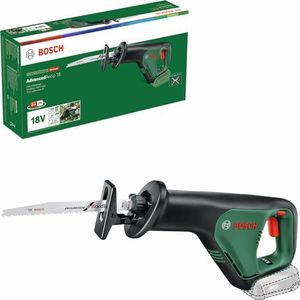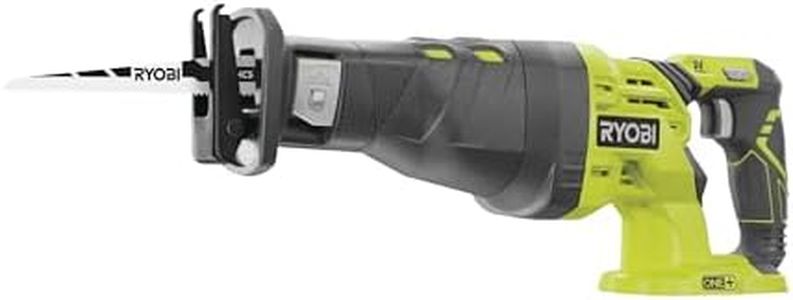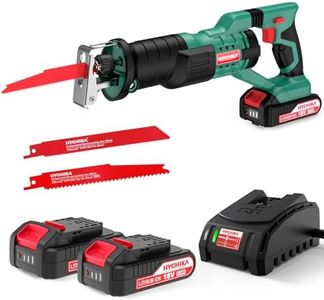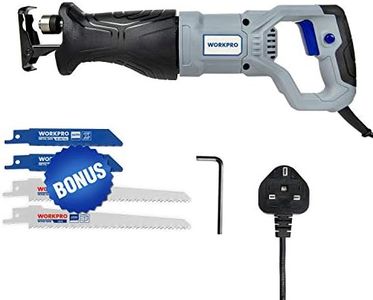10 Best Reciprocating Saws 2025 in the UK
Our technology thoroughly searches through the online shopping world, reviewing hundreds of sites. We then process and analyze this information, updating in real-time to bring you the latest top-rated products. This way, you always get the best and most current options available.

Our Top Picks
Winner
DEWALT DCS367N-XJ Reciprocating Saw Brushless XR Compact, Bare Unit
The DEWALT DCS367N-XJ Reciprocating Saw is a compact, battery-powered tool designed for versatility and ease of use. One of its key strengths is the lever action keyless blade clamp, which allows for quick and easy blade changes, making it very user-friendly. The four-position blade clamp adds to its versatility, enabling flush cuts in various positions. Power and performance are delivered through its brushless motor, contributing to its 525-watt motor power, which should be sufficient for most wood-cutting tasks.
The ergonomic handle with rubber overmould enhances comfort during extended use. Additionally, its compact design makes it easier to navigate tight spaces, a clear advantage for precision tasks in restricted areas. The intelligent variable speed trigger and electronic motor brake further enhance control and safety during use. However, the saw is sold as a bare unit, meaning it does not include the necessary battery, which must be purchased separately. This might be an inconvenience for new users who do not already own compatible DEWALT batteries.
Weighing 2.3 kg, the saw is relatively lightweight, which helps reduce user fatigue over long periods. The noise level is fairly high at 98 dB, so hearing protection is recommended during use. This tool is well-suited for DIY enthusiasts and professionals looking for a versatile, user-friendly reciprocating saw, though the additional purchase of batteries might be a consideration for some.
Bosch reciprocating saw PSA 700 E (710 W, in Carton Packaging)
The Bosch PSA 700 E is a corded electric reciprocating saw powered by a 710-watt motor, offering strong and consistent cutting performance suitable for wood and various materials. Its 1900 RPM speed allows it to handle both thick and thin cuts effectively, making it a good choice for DIY enthusiasts and light to medium duty tasks. One of its key strengths is the Bosch SDS blade change system, which lets you switch blades quickly and easily, compatible with all standard reciprocating saw blades, so you have flexibility depending on your job.
The saw features an ergonomic two-hand grip with soft materials and a hand protector, making it comfortable to hold and control during use, which is especially helpful in reducing fatigue. The design includes a soft-start feature that prevents sudden jerks when starting the saw, providing a smooth and safer operation. At 3 kg (about 6.6 pounds), it is moderately weighted—not the lightest but still manageable for most users. The cord length of 2.5 meters offers decent mobility without needing an extension.
It lacks variable speed control, meaning you can't easily adjust the speed mid-cut for more delicate or precise work. Also, being a corded model, it requires access to power outlets, which might limit portability on distant job sites. For those seeking a reliable, well-built saw with good power and comfort for general wood cutting and home projects, the Bosch PSA 700 E is a solid pick, especially valued for its blade change ease and ergonomic design.
